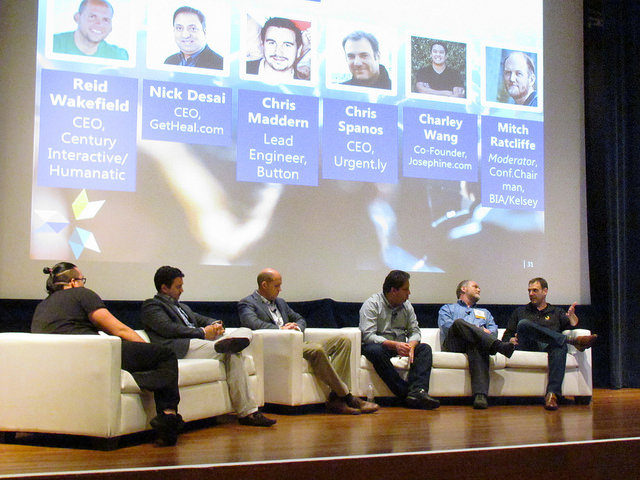
The art of aggregating and deploying local service providers is defining the local on-demand economy (LODE). We unpacked this during a panel discussion at BIA/Kelsey NOW (video below).
Like many two-sided marketplaces, LODE is fundamentally driven by supply and demand. As we’ve discussed, the demand is deeply rooted in cultural factors. That makes it somewhat of a constant.
So a lot of the strategy and the magic of LODE is in the supply. The factors separating the winners and losers include how well they bring together and create liquidity from previously disaggregated supply (i.e. Uber drivers).
That can include people’s idle time, knowledge, possessions and other things from which liquidity is being extracted. It’s about renting out your idle table saw; lawyers monetizing pockets of idle time throughout their day; or Uber matching you with a driver.
This is all about “accessing idle capacity,” according to MyNeighbor’s Brendan Benzing. But there is also lots of variance that we’re discovering in “Phase II” of the on-demand economy. Specifically, not all verticals were created equal.
As we examined with Google’s home services for example, some services have a greater quality variance, which makes them less interchangeable. That creates logistical nuances beyond the “drivers and dry cleaning” that have come to identify LODE (i.e. Uber).
According to panelist and Josephine.com co-founder Charlie Wang:
There’s a really important distinction between commodity oriented marketplaces — say Uber and Postmates — where you’re being judged on superlatives like fastest, most convenient, and cheapest. Then [there’s] marketplaces like Etsy or airbnb where supply and demand need to have a relationship that is not just utility-driven or commodity-oriented.
We also got to hear from Urgent.ly’s Chris Spanos, Button’s Chris Maddern, Heal’s Nick Desai, and Century Interactive’s Rob Wakefield. The range of LODE service categories represented by these execs was living proof of the nuance required across verticals.
The full video of the panel is below, and we’ll continue this discussion in full force here and at our upcoming conferences (starting with next month’s SMB show). This will continue to be a rapidly evolving topic we’ll sink our teeth into.

This Post Has 0 Comments